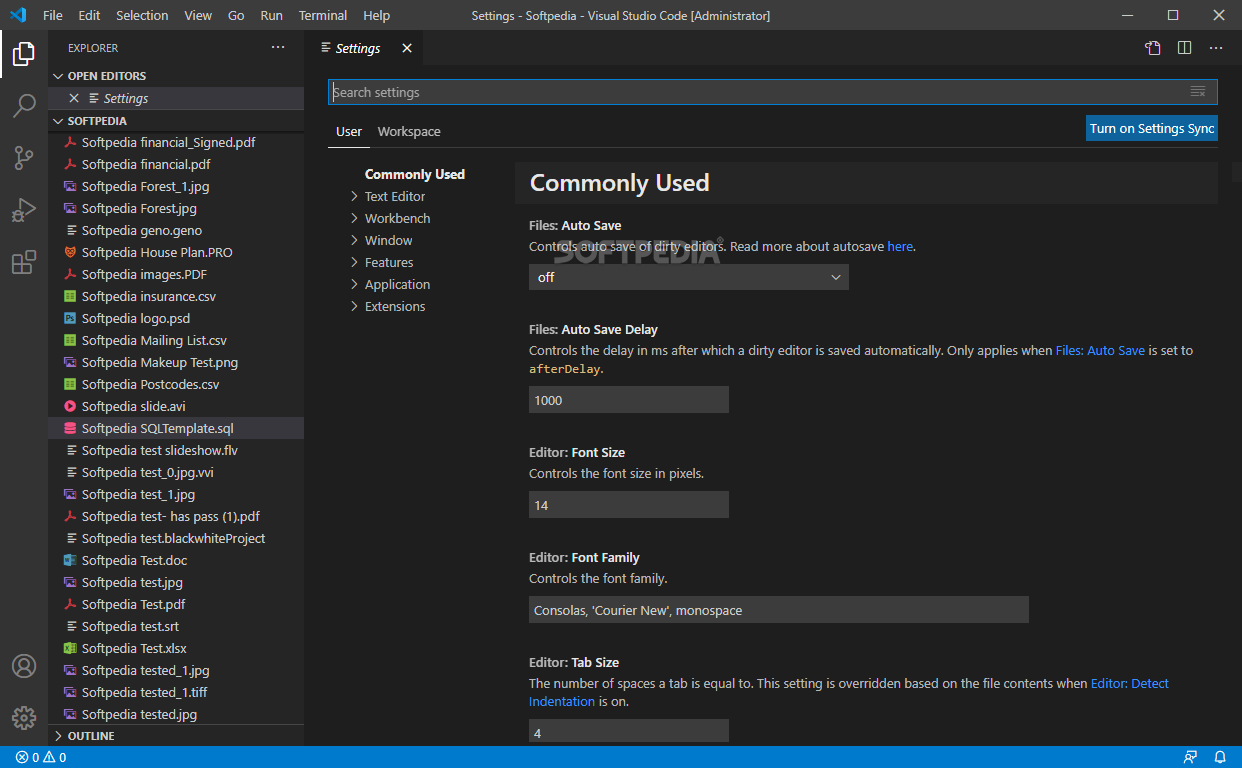


File names that are internal to the C++ project, such as module.cpp, are inconsequential.C/C++ for Visual Studio Code Repository | Issues | Documentation | Code Samples In the following example, the "superfastcode" module name means that you can use from superfastcode import fast_tanh in Python, because fast_tanh is defined within superfastcode_methods. The name that's being imported in this code should match the value in the project properties under Configuration Properties > General > Target Name. Terminate the array with an object containing nulls.Īdd a structure that defines the module as you want to refer to it in your Python code, specifically when you use the from.import statement. from random import randomĬOUNT = 500000 # Change this value depending on the speed of your computerĭATA = This way, you can more easily check to ensure that your native code is correct. Write your code in pure Python before you rewrite it in C++. The workload includes the Python native development tools, which bring in the C++ workload and toolsets that are necessary for native extensions. Visual Studio 2017 or later, with the Python Development workload installed. You'll find the completed sample from this walkthrough on GitHub at python-samples-vs-cpp-extension. To ensure compatibility, make sure that you are working with one of the more recent versions of Python.
Use PyBind11, which we recommend for C++11 because of its simplicity.Use the standard CPython extensions, as described in the Python documentation.The article also demonstrates two ways to make the C++ extension available to Python: The routine is implemented first in Python to demonstrate the relative performance gain of implementing the same routine in C++. This article walks you through building a C++ extension module for CPython that computes a hyperbolic tangent and calls it from Python code. Low-level system access modules: You can create these modules to access lower-level features of the CPython runtime, the operating system, or the underlying hardware.Wrapper modules: These modules expose existing C/C++ interfaces to Python code or expose a more "pythonic" API that's easy to use from Python.Accelerator modules: Because Python is an interpreted language, you can write accelerator modules in C++ for higher performance.You can also use them to enable access to low-level operating system capabilities. Applies to: Visual Studio Visual Studio for Mac Visual Studio CodeĬommonly, modules written in C++ (or C) are used to extend the capabilities of a Python interpreter.


 0 kommentar(er)
0 kommentar(er)
